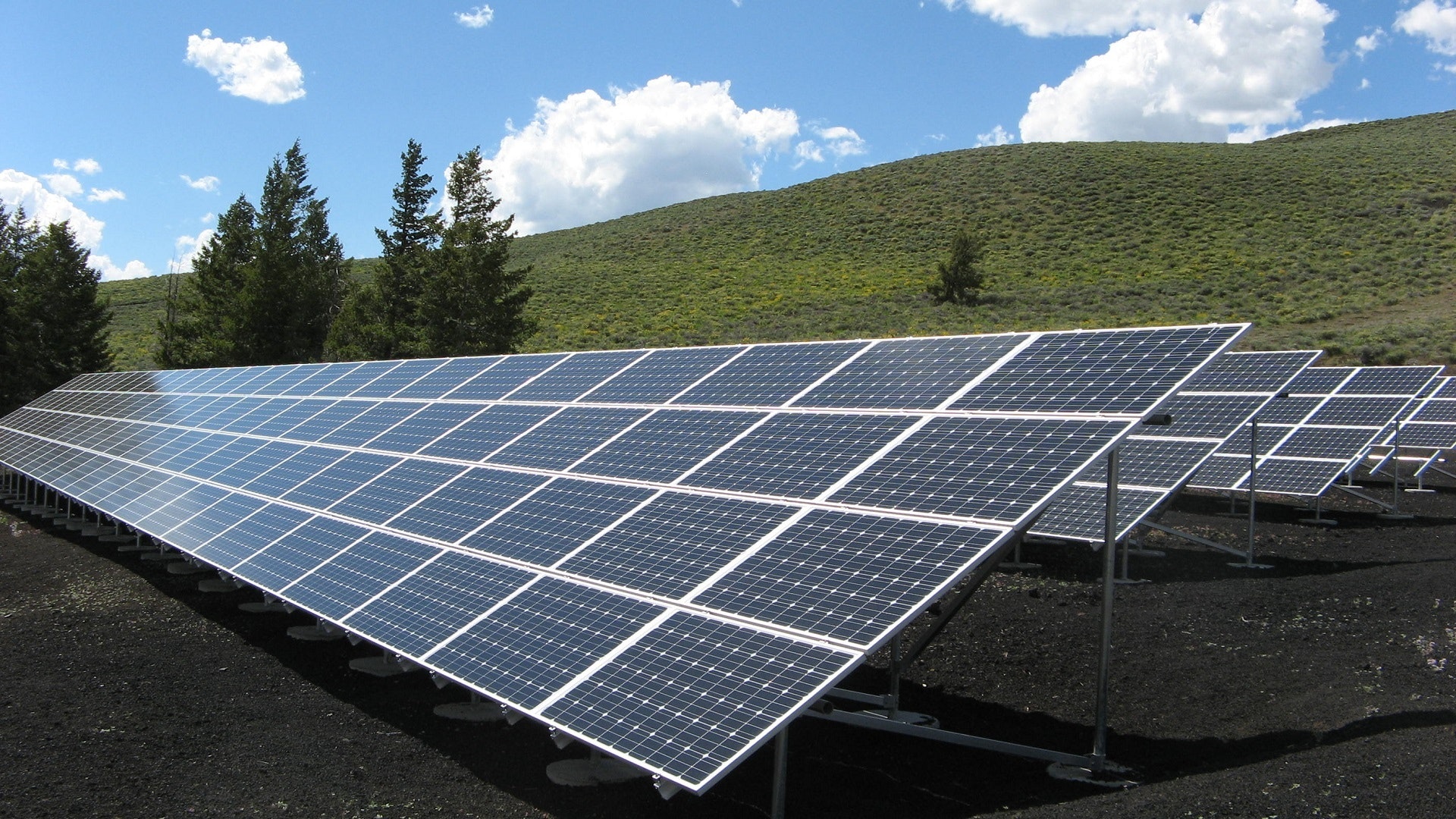
The Progress of Rooftop Solar Installations in Urban India Introduction India, with its abundant sunshine, holds immense potential for solar energy. Over the past decade, the country has made significant strides in the…
Is biomass a sustainable form of energy? Experts concur that it is. In actuality, it belongs to the three major categories of bioenergy.
What, though, is bioenergy? In other words, it’s a process that uses organic materials like wood, plants, and animal waste to generate heat, electricity, and help make biofuels.
When using biomass, hot air or water is produced in order to create electricity. This is accomplished through direct combustion, which is regarded as the most straightforward and typical technique for producing energy from biomass.
In addition to producing electricity, biomass can also be used to heat a space by producing hot air. This needs to be accomplished by burning biomass in a furnace that heats either water or air. In relation to water, this makes it possible for you to have warm water for a shower. In other words, biomass can be used as a heating system on a small scale by itself.
Since it is possible to produce both heat and electricity, some individuals have been able to combine the two, a process known as combined heat and power, or CHP. Given that you can use one energy source for two purposes, many people think this is a good thing.
The energy in plants is already captured and stored, so if you can compare the amount of electricity produced by biomass and, say, solar energy, you’ll see that biomass produces more.
Since this is manufactured technology, you don’t need to collect it first like you would with solar or even wind energy. In contrast to the other two, which are entirely dependent on the weather, it is easily accessible.
Another is the capability of producing electricity from organic waste. No other green energy source can accomplish that, and by utilising this extensively, any government can save money because waste disposal is free and you won’t need to rely as heavily on foreign oil to power your plants.
The drawback of biomass is that it adds to the pollution already present in the atmosphere because it requires burning waste and other organic materials to produce electricity. However, this can be countered by growing more crops, which, as we all know, helps lower the atmospheric concentration of carbon dioxide.
The costs of labour, the transportation of these fuels, and the appropriate storage methods will also cost a lot of money upfront.
As a result of its reliance on naturally replenishable resources, biomass is regarded as a green energy source. As with the power of the sun or the wind that blows from the ocean, it is therefore infinitely available to us. The difficulty lies in locating suitable land with an adequate water supply so that these can flourish.
This means that in areas where water is not that abundant, you cannot rely on biomass technology to generate power. When that happens, you use other means and one good example given the right geographical location is wave energy which is the process of generating power from the water.
It is possible to produce power without harming the environment. Technology and renewable energy sources are available. Just the will to make it happen needs to be gathered.

The Progress of Rooftop Solar Installations in Urban India Introduction India, with its abundant sunshine, holds immense potential for solar energy. Over the past decade, the country has made significant strides in the…

Bhadla Solar Park: A Beacon of Renewable Energy in Rajasthan **Introduction**Bhadla Solar Park, located in the Jodhpur district of Rajasthan, India, stands as a testament to the nation’s commitment to harnessing renewable energy…

India has witnessed a remarkable increase in solar open access installations during the first quarter of 2023, with a surge of more than 68% compared to the previous quarter. The recently published Q1…

India has made significant progress in the field of solar energy in recent years, with the government taking various initiatives to promote the use of renewable energy sources. The installation of solar power…

A green energy source, solar energy is renewable and has no negative environmental effects. This is accomplished by using solar cells to transform the sun’s energy into electricity. Utilizing this type of renewable…
India’s solar industry has seen a significant shift in its trade balance in 2022, with exports surging and imports dropping. This is seen as a positive development for the country’s domestic solar manufacturing…
India has set ambitious targets for its solar industry, with the government aiming to achieve 175 GW of renewable energy capacity by 2022. As part of this goal, the country is set to…
Firstly, there has been a global oversupply of solar panels, which has driven down prices. Many solar panel manufacturers around the world have increased their production capacity in recent years, leading to an…
The field of solar photovoltaic panels has seen significant developments in recent years, with new technologies and innovations emerging that promise to make solar energy more accessible and cost-effective. In this article, we…
The Internet is becoming the town square for the global village of tomorrow.


STEPSTOGREEN IS A BLOG DEDICATED TO INDIA’S JOURNEY TOWARDS BECOMING A GREENER AND MORE SUSTAINABLE NATION. YOU CAN FIND THE LATEST INFORMATION AND RESOURCES ABOUT GREEN ENERGY, WASTE RECYCLING, AND ENVIRONMENTAL ISSUES THAT ARE RELEVANT TO INDIA.



© 2024 Created with Royal Elementor Addons